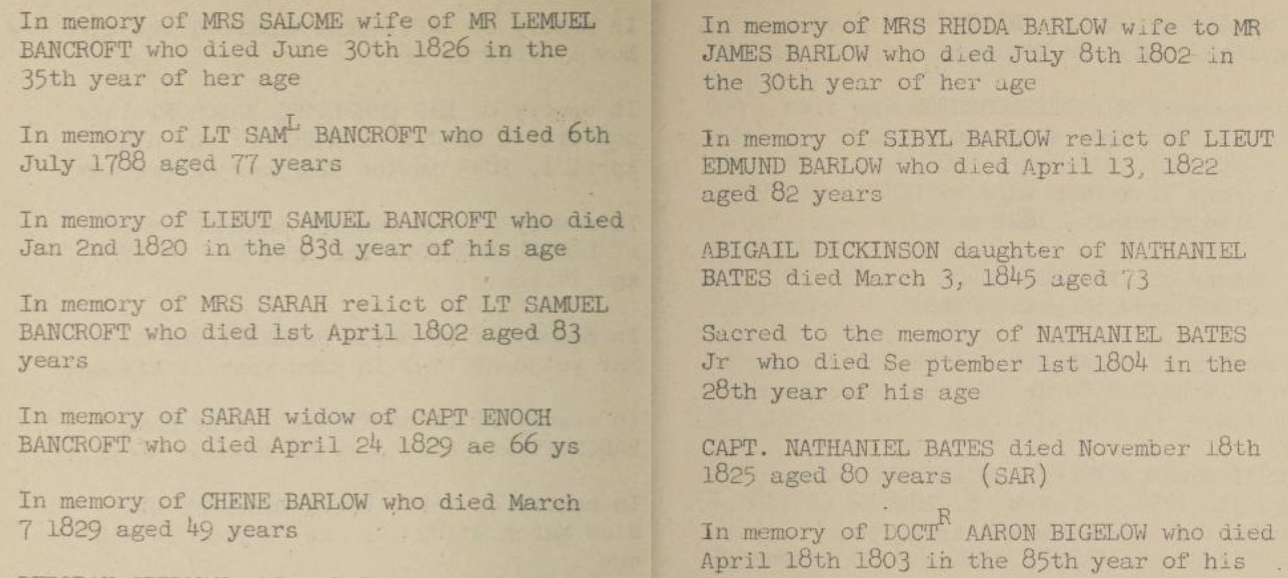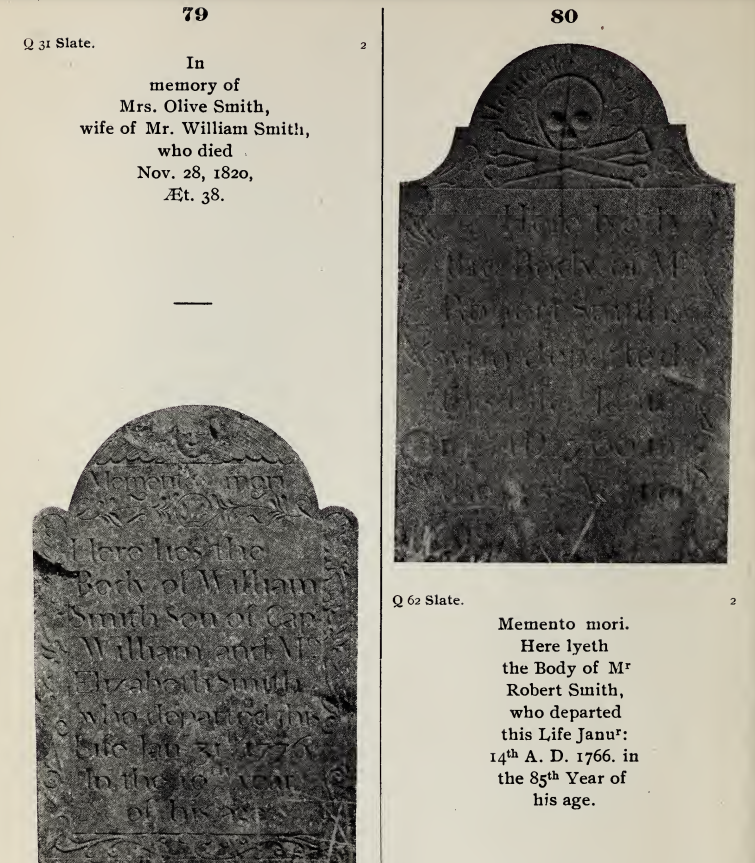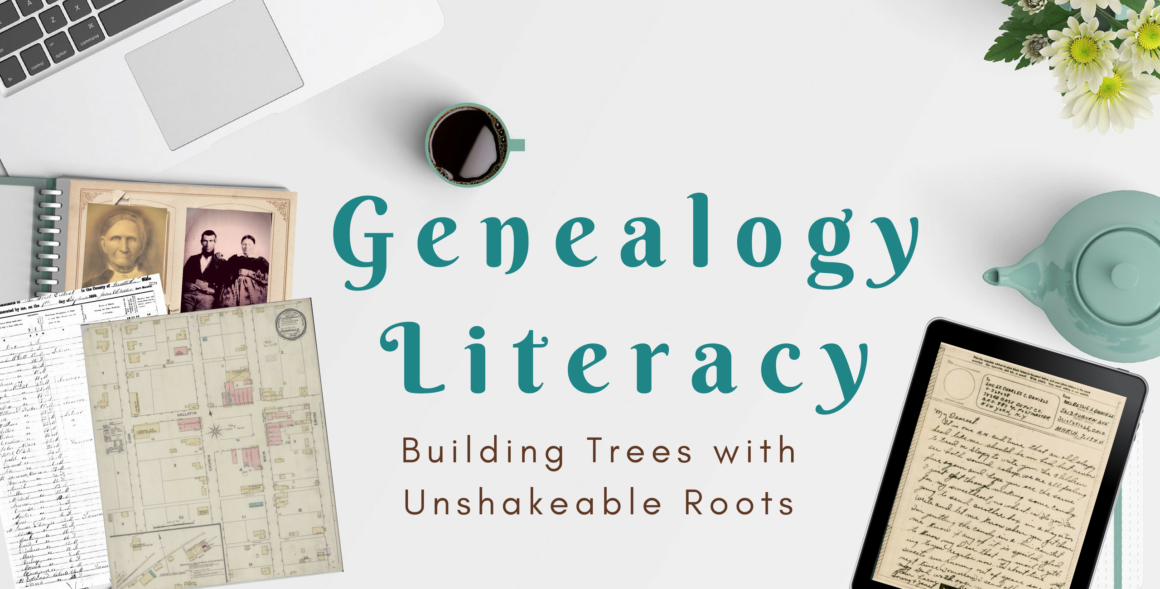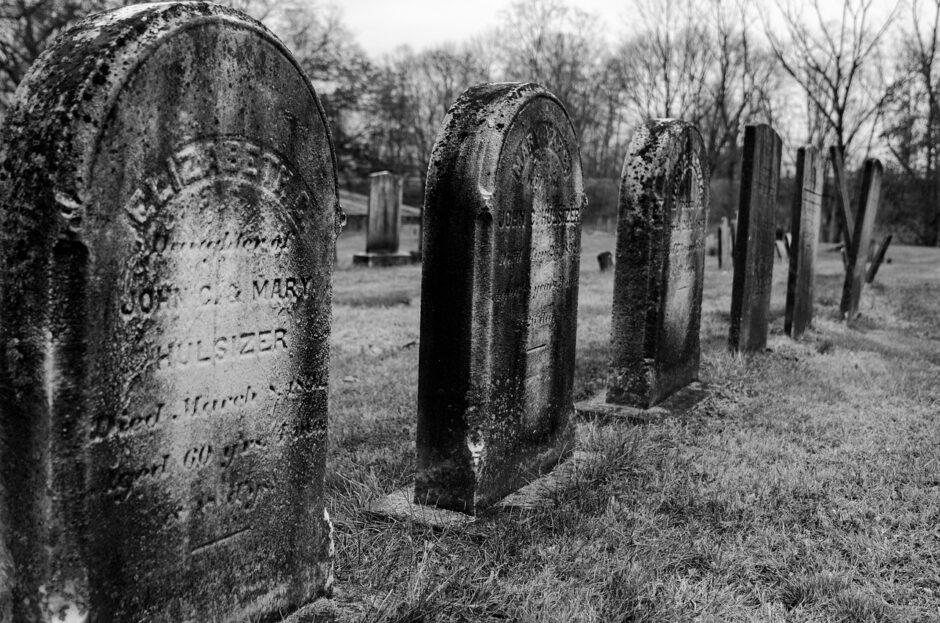It has recently come to my attention that there exists a fairly prolific resource out there that needs immediate defending: Cemetery Inventories.
A simple question came through a professional listserv that I belong to – which will remain nameless because I am not here to shame in any way. I merely wish to educate – and if that person had not been brave enough to ask the question, they (and their local community) were very close to falling tragic victim to misleading genealogy marketing.
 The question was aimed at the value of a collection of Cemetery Inventories submitted over the years by their local community – and housed in the local library. To paraphrase the question: With the growth, popularity, and availability of Find a Grave, do we need to keep the older print inventories taken years ago?
The question was aimed at the value of a collection of Cemetery Inventories submitted over the years by their local community – and housed in the local library. To paraphrase the question: With the growth, popularity, and availability of Find a Grave, do we need to keep the older print inventories taken years ago?
I know that I wasn’t the only one who spit out their tea that morning – gasping for air and panicking at the idea that this could be a serious consideration. Luckily, the masses were very kind in their advice – but they were also harmonious: A resounding YES!
For those of you new to genealogy research, there are few resources in the local library or historical society that hold as much value as cemetery inventories. The simple reason behind this estimation is the cruel nature of time – and overestimating the completeness of Find a Grave.
In a nutshell, cemetery inventories (including those in FG) are created to capture the information on extant stones at that moment in time – or through previous records gathered – death certificates, cemetery inventories, funeral home records, etc. And the earliest moments we can record are the most valuable. Every year stones are knocked over or information worn away. Time and the elements are especially cruel to gravestones.

While Find a Grave has been collecting gravestone information since 1995, the local cemetery inventories often pre-date this online database by decades – even generations. In fact, the oldest original (unpublished) cemetery inventory I have held in my hands dated back to the 1920s (on onion skin paper). I’m sure there are many others in the country that stretch back much farther. While many of these inventories may be small family submissions, some were rather large and organized/managed by official groups, such as historical societies, lineage societies, etc.
One of the biggest misconceptions about Find a Grave is that users have already entered the local print cemetery inventories into their database. This is simply not true across the board. Sure, some communities have graciously done this – but by no means all communities. However – hypothetically – let’s just say that you know your local volunteers did enter every entry from the older print inventories into FG. Does this mean the print inventories are now obsolete? Far from it.

Because these inventories are locally, regionally, or state created – they fall into the category of local resource. These records are not distributed in copy format around the country, like a federal resource from NARA. Even if they were published for sale once upon a time, there are probably only a small number of copies that still exist. Plus, since the print or written inventories are the earliest forms created, prior to (hopefully) being entered into FG – it is never wise to destroy/discard the original or earlier version. Plus, let’s also consider the long-term fragility of databases. They can die or go behind a pay wall at a moment’s notice. Let us not forget that Ancestry owns FG and has continued to host this site for free – but they promised the same for Rootsweb years ago – and they finally killed it. Companies change hands, new managers enter the scene, and digital content can disappear in the blink of an eye.
Moral of the story: PLEASE retain the local/regional/state cemetery inventories you find in your collection! Even though we are living in a digital age, these physical resources are extremely valuable to current researchers and could be priceless to future generations!


